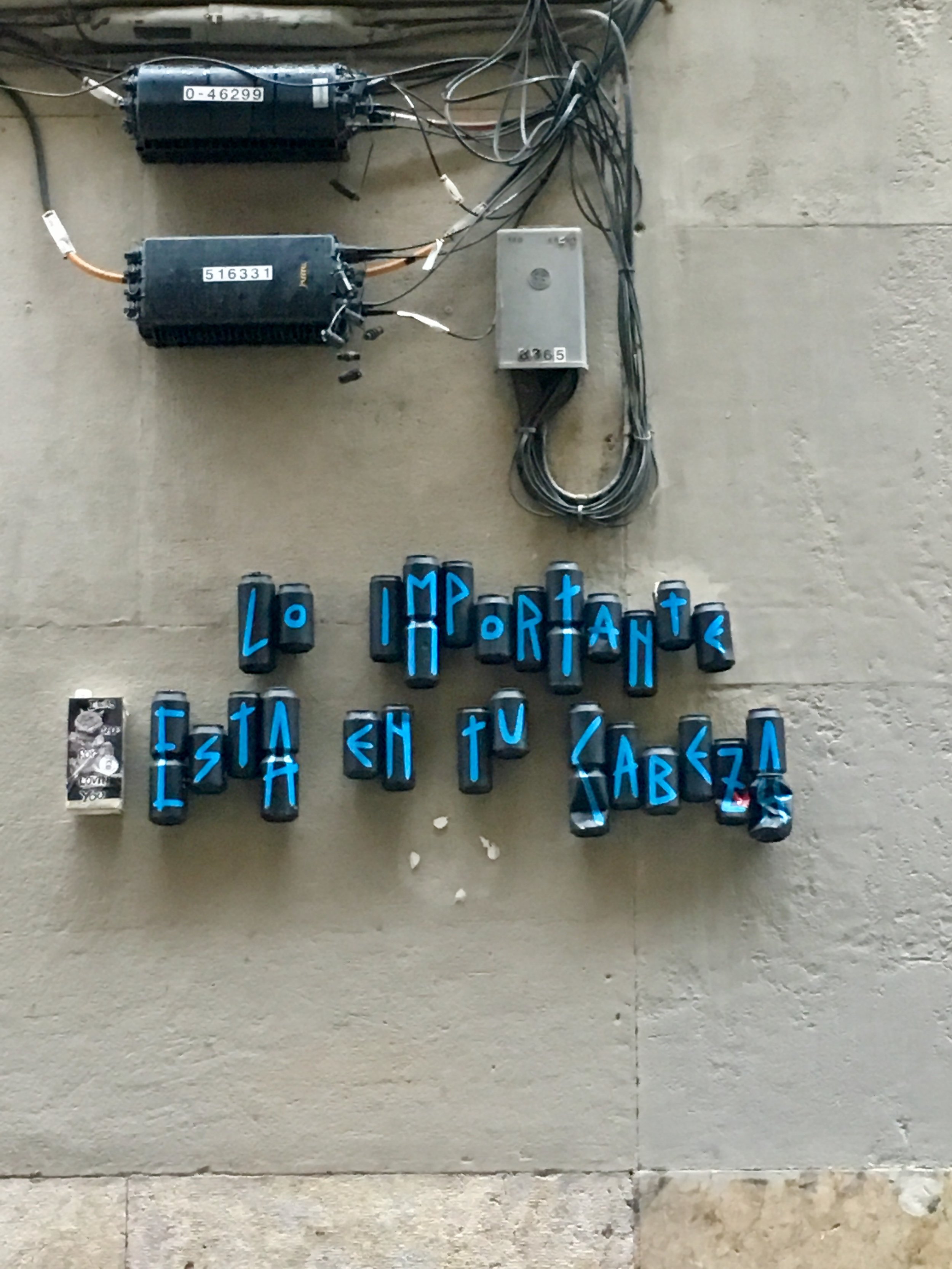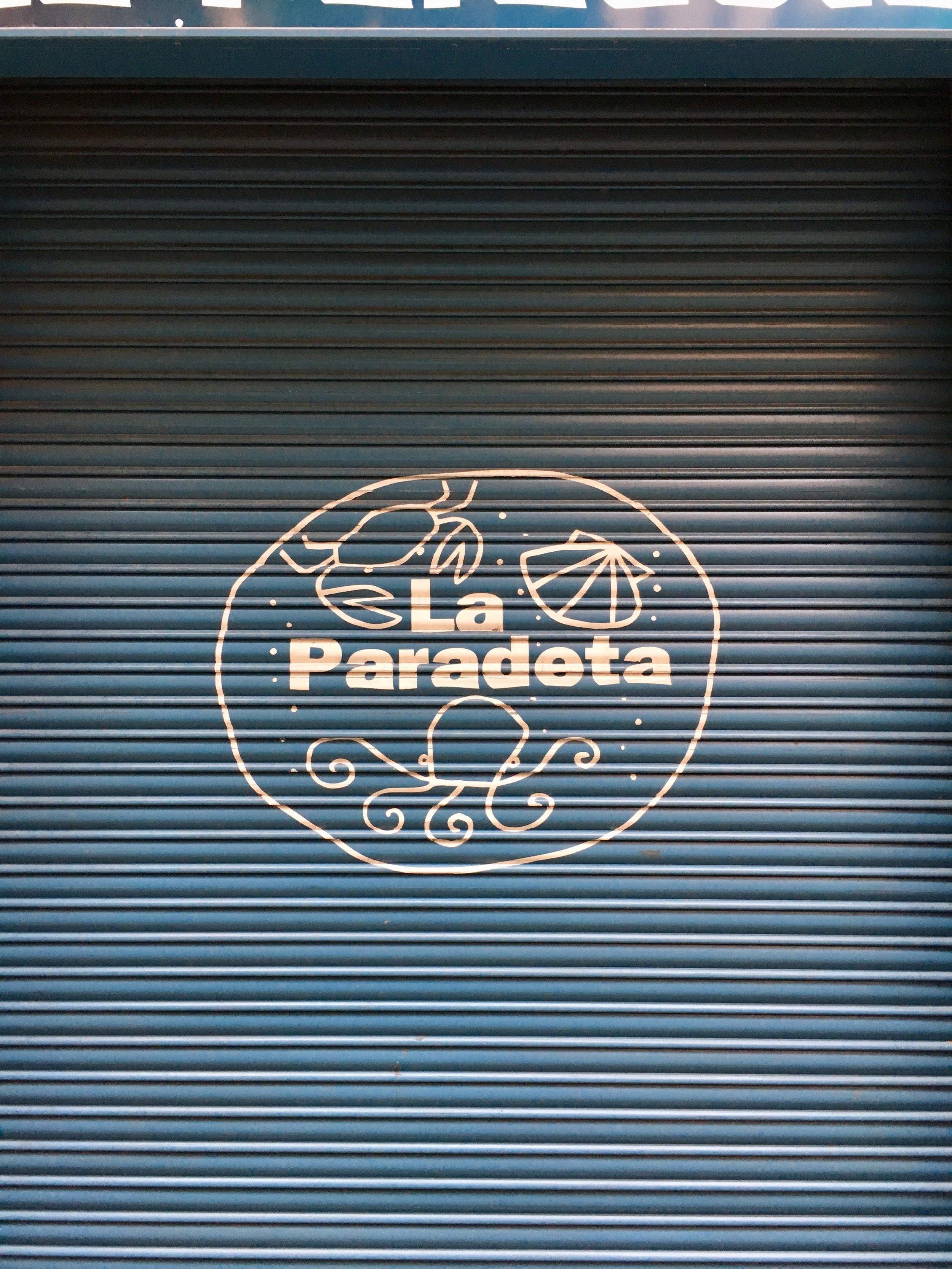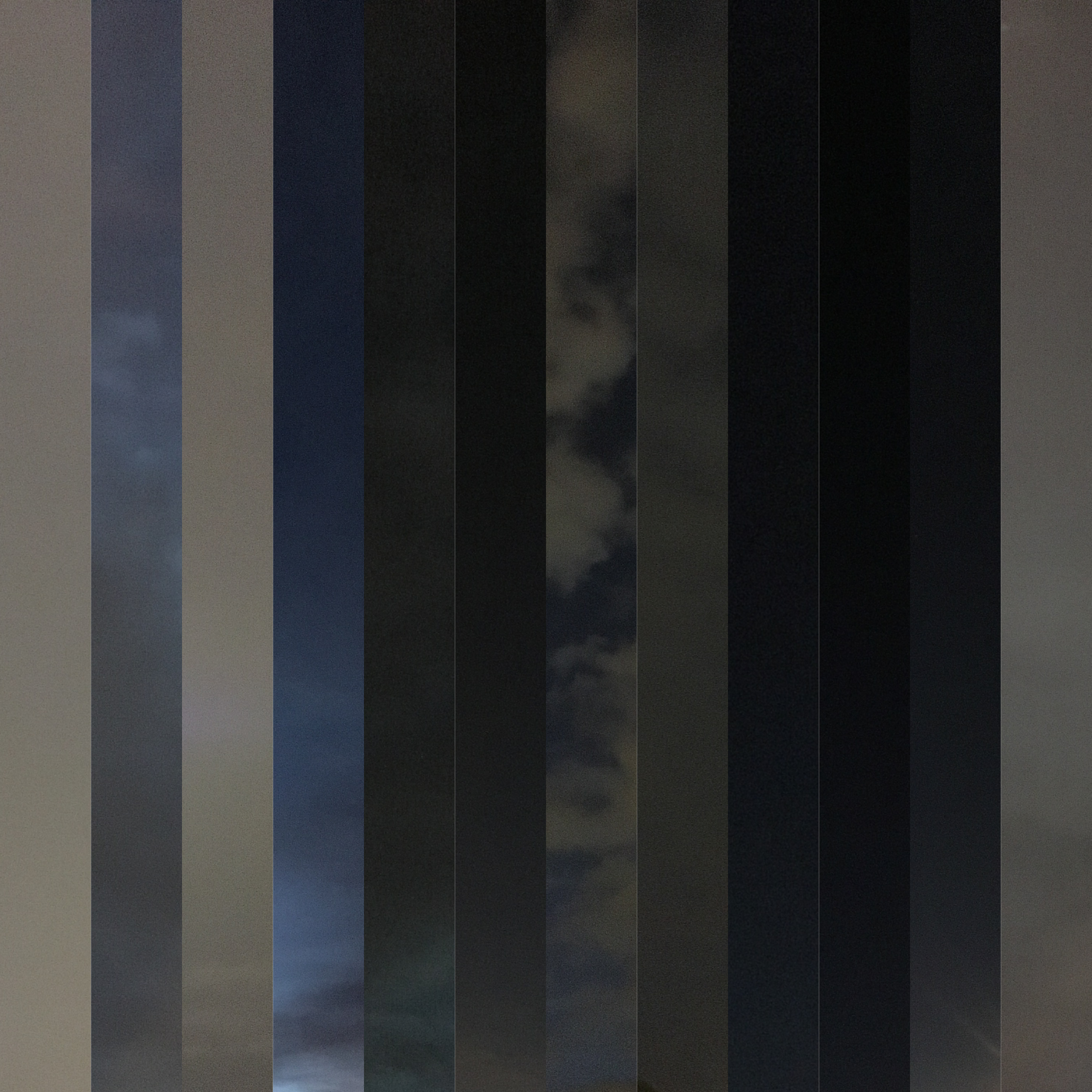When I Get Home by Solange
Titanic Rising by Weyes Blood
Solange is a master of aesthetics and creating images, performances, and music that are lush with a sleek simplicity and a sense of surprise. Similar in posture to the photograph used on the 2016 album, A Seat at the Table, this cover highlights Solange’s beauty with warmth and tenderness. The accessory, perched on her nose and arched across her eyebrows add a subtle visual interest.
I appreciate the cheeky nod to the namesake boat in the cover for Weyes Blood’s Titanic Rising. A minimally, but purposefully, decorated bedroom is submerged in water, and there is so much to visually discover as your eye moves around the image. I personally love the blown-out, billowing curtain and the brightness in brings.
Frankly in Love by David Yoon (design by Owen Gildersleeve)
Life Support edited by Julia Copus (design by Helen Crawford-White)
Mind Fixers by Anne Harrington (design by Matt Dorfman)
What first drew me to these book covers, and keeps me coming back to admire them, is their individual abilities to take common book cover trends and breathe fresh life into them. Frankly In Love’s unique and stunningly beautiful cut-paper typography is intricate and hints at multiple layers of narrative within the pages. The effect is simple, but the execution is anything but.
For the collection of poems, Life Support, the designer Helen Crawford-White beautifully assembles irregular and imperfect illustrations, laden with texture and colors seemingly void of a cohesive palette. The composition is beautifully balanced, punctuated with elegant type and the carefully placed illustrations.
Mind Fixers boasts a remarkably simple cover with restrained typography and thin black lines. As the rigid straight lines start to wander and break the grid, the right edge of the composition comes to life, messy with texture and restrained chaos.
Knives Out
Midsommar
Parasite
The Knives Out poster perfectly captures the knowing nostalgia and mystery at the heart of the film itself. The ultra-stylized image of the ensemble cast is over-saturated, echoing the rich, over-the-top visuals of the movie. The type used for the title is not my favorite, as some letters look awkward or not as considered as others (the ‘K’ and ‘v’ in particular).
I haven’t seen Midsommar, but from what I’ve heard of the film, this poster’s cropped view of a young woman tearfully grimacing feels appropriate. Horror movies so often end up with lackluster or formulaic posters, but I really appreciate the composition and delicate details used here.
The juxtaposition of the typography in the title for Parasite feels representative of the scrambled genre-bending film itself. Parasite blends straight-forward horror, dark comedy, and thoughtful class critique. The poster hides small easter eggs of information for the viewer to dissect. Even the bars, obscuring the eyes of the actors echoes the distance and divides central to the movie.







































































